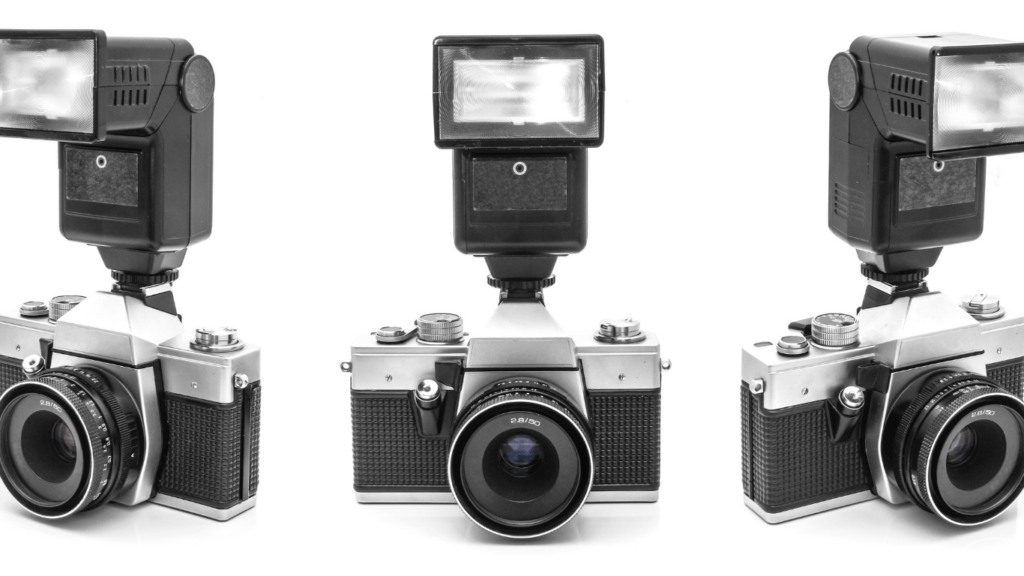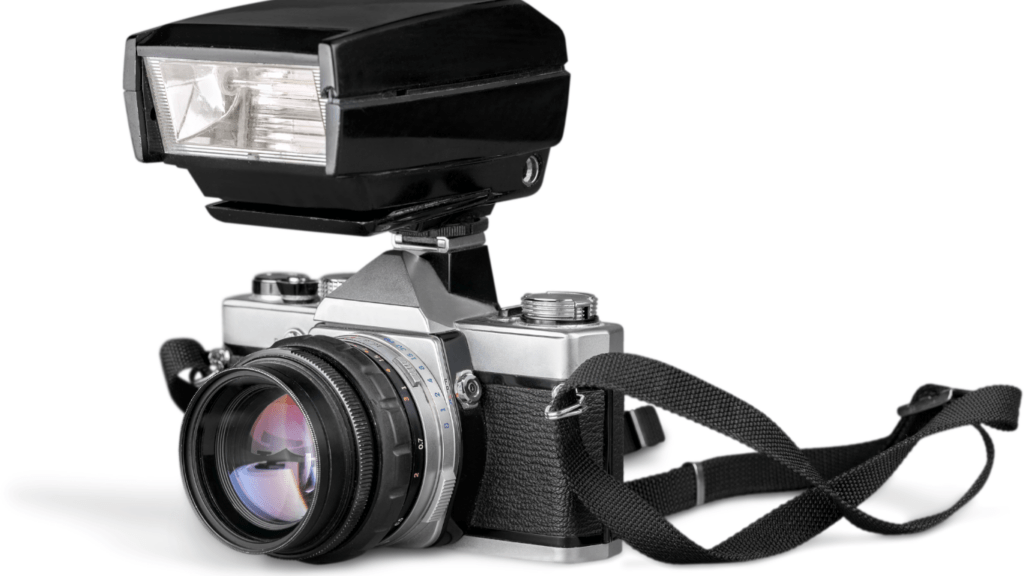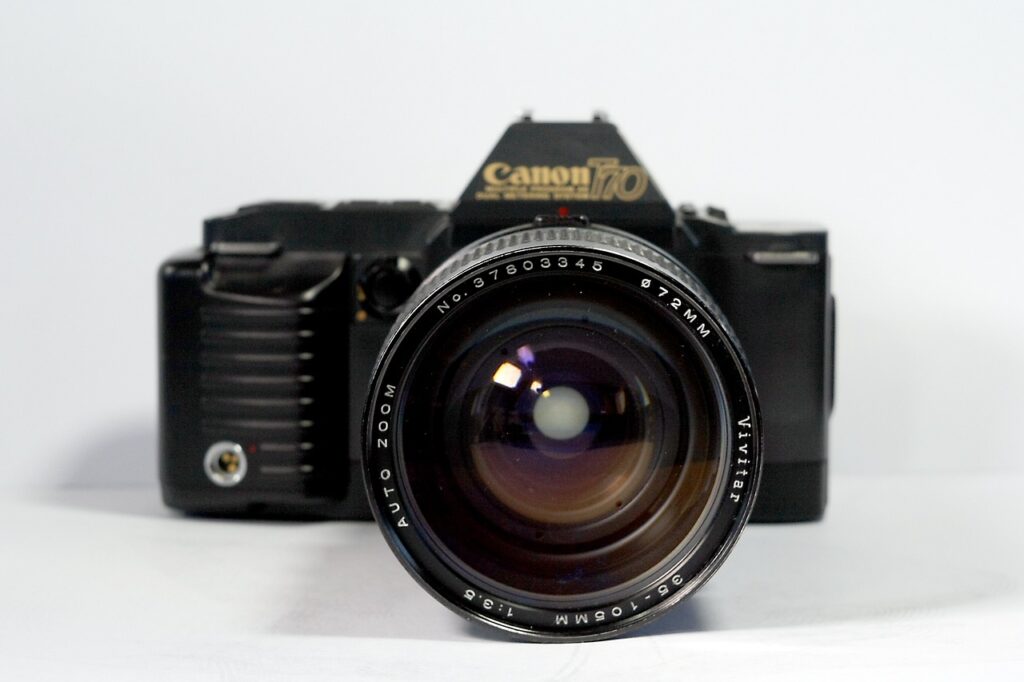Lighting can make or break a photograph, and that’s where flash units come in. Whether you’re a seasoned photographer or just starting out, understanding the right flash unit for your needs can elevate your shots from ordinary to extraordinary. It’s not just about brightness—it’s about control, versatility, and how well a flash complements your creative vision.
Why Flash Units Are Essential for Photography
Flash units play a vital role in achieving well-lit, professional-quality photographs. These tools provide consistent lighting, reducing shadows and enhancing details in various settings. Unlike natural light, which is unpredictable, flash units allow controlled illumination regardless of the environment.
Using flash adds versatility to your shoots. For instance, off-camera flashes can create dramatic lighting angles, while built-in units offer quick solutions for low-light scenarios. This adaptability makes them invaluable for portrait photography, event coverage, and product shoots.
Flash units are indispensable for freezing motion. High-speed sync capabilities help capture crisp images of moving subjects, particularly in sports or wildlife photography. They also boost colors, ensuring vibrant and accurate tones even in dim conditions.
For photographers working in mixed lighting, flash units help balance ambient light. By adjusting power levels, these devices eliminate harsh contrasts, producing natural, balanced exposures. Features like TTL (Through-The-Lens) metering further simplify this process by auto-calculating the ideal flash output.
Investing in flash units elevates creative control. Accessories like diffusers and gels expand lighting possibilities, enabling diverse effects to match specific styles or artistic visions. Flash units unlock precision and creativity in photography, whether for amateurs or professionals.
Key Features to Look for in a Flash Unit
Selecting the right flash unit can transform photography, enhancing image quality and creative possibilities. I focus on the most critical features that make a flash unit effective and reliable.
Power and Brightness
High power and adjustable brightness ensure optimal illumination for varied shooting conditions. I prioritize flash units with a guide number (GN) of at least 50 for versatility in outdoor and indoor settings. Models offering multiple power levels, like 1/1 to 1/128, provide precise control over light output.
Versatility and Adjustability
Versatile flash units enhance creativity through features like tilt, swivel, and zoom functionality. I examine units with adjustable heads for bouncing light off surfaces and creating directional light. Advanced units with high-speed sync (HSS) or stroboscopic modes expand shooting capabilities in dynamic environments.
Build Quality and Durability
Durable construction withstands extended use, especially for on-location shoots. I look for well-built units with metal hot shoes and insulated flash tubes for reliability. Weather-sealed designs are crucial for outdoor photography under varying conditions.
Compatibility with Camera Systems
Camera compatibility ensures seamless integration for consistent results. I confirm that the flash supports my camera’s brand-specific protocols, such as Canon’s E-TTL or Nikon’s i-TTL. For third-party units, systems with firmware updates maintain compatibility with newer camera models.
Top Flash Units Reviewed: Illuminate Your Shots Like a Pro

I’ve tested various flash units to identify the best options for photographers of all levels. Below are my top recommendations, divided into categories based on:
- performance
- value
- professional features
Best Overall: Godox V1
The Godox V1 combines power, portability, and advanced features. With a guide number of 92 at ISO 100 in the standard position, it delivers ample brightness. Its round head provides even light distribution, enhancing natural-looking results. The built-in lithium-ion battery supports up to 480 full-power flashes per charge. Features like TTL metering, high-speed sync (HSS), and 2.4G wireless control offer flexibility for creative setups. This unit is compatible with major camera brands, ensuring seamless integration.
Best Budget Option: Neewer TT560
The Neewer TT560 offers excellent performance for its price. With a guide number of 38, it provides sufficient brightness for basic and intermediate needs. The manual control ensures straightforward operation with adjustable power levels and tilt/swivel head flexibility. Though it lacks TTL and HSS, this flash is perfect for beginners learning lighting techniques. Its affordable cost makes it ideal for those just starting out without sacrificing quality.
Best for Professionals: Profoto A10
The Profoto A10 delivers superior performance with advanced features perfect for high-end shoots. It has a guide number of 76 and produces consistent, high-quality light. The round head and AirX Bluetooth technology support intuitive control and wireless connectivity. It offers TTL, HSS, and cross-platform compatibility for optimal results in diverse scenarios. The robust build and rechargeable Li-ion battery meet the demands of professional photographers seeking reliability during extended sessions.
Pros and Cons of External Flash Units
External flash units offer significant advantages, but there are also drawbacks to consider before selecting one.
Pros
1. Improved Lighting Control
External flash units provide greater control over light intensity and direction compared to built-in camera flashes. This flexibility helps in achieving precise lighting setups for portraits, events, and product photography.
2. Increased Power
With higher guide numbers (e.g., GN 50 or above), external flashes illuminate subjects over longer distances and perform better in large or dimly lit venues.
3. Versatility
Features like adjustable flash heads, bounce options, and high-speed sync (HSS) support creative lighting setups. They’re compatible with modifiers like softboxes and diffusers, allowing custom light shaping.
4. Consistency Across Shots
By maintaining constant light output, external flash units make exposure uniform across a series of images, especially when using TTL metering.
5. Enhanced Durability
High-quality flash units often feature robust builds and weather sealing, ensuring reliability during outdoor shoots or challenging conditions.
Cons
1. Cost
External flash units cost more than built-in flashes, with prices ranging from $60 for entry-level models to over $1,000 for professional-grade options.
2. Increased Bulk
Attaching an external flash adds size and weight to the camera setup, which can reduce portability during shoots requiring mobility.
3. Learning Curve
Using manual controls, mastering advanced features like HSS, and achieving balanced lighting with external units requires time and practice.
4. Limited Battery Life
Frequent usage at high power levels drains batteries quickly, often requiring backups or external power sources for long sessions.
5. Compatibility Challenges
Some flash units aren’t universally compatible, meaning specific models must match the camera system to enable features like TTL and wireless controls.




